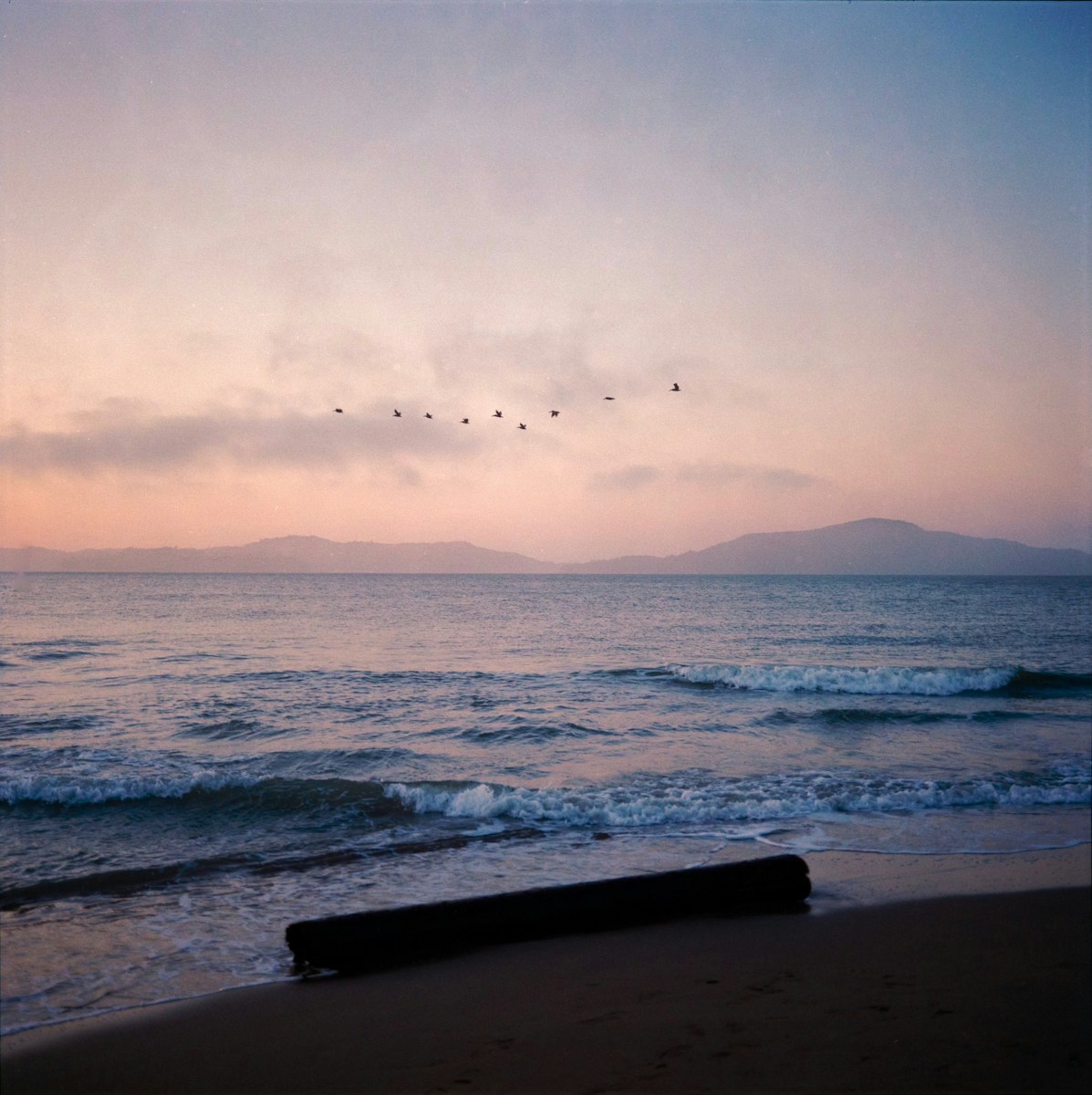Tucked into the southern tip of Chilean Patagonia, Torres del Paine National Park is the kind of place that stops you in your tracks. Mountains so sharp they look carved by giants. Glaciers that groan and glitter. Lakes so blue you’d swear someone dropped food coloring into them. It’s raw, wild, untamed—and it will absolutely steal your breath.
Let’s take a deep dive into one of the most mesmerizing corners of the world.
The Heart of Patagonia
First, let’s place it on the map. Torres del Paine sits in Magallanes Region of southern Chile. It’s part of the greater Patagonian wilderness, where the Andes tumble toward the end of the Earth and the wind never really stops blowing.
The park was established in 1959 and covers over 700 square miles. That’s more than what growing zone is Birmingham Alabama twice the size of New York City, all of it rugged, remote, and teeming with life.
What Makes It So Iconic?
The name Torres del Paine means “Towers of Paine”, with Paine coming from the local Tehuelche word for “blue.” These towers are three dramatic granite peaks that shoot straight into the sky like ancient fangs.
But those aren’t the only jaw-droppers here.
You’ll also find:
- The Cuernos del Paine: Horn-shaped mountains, striated with black and gray stone.
- The Grey Glacier: A massive frozen river that calves icebergs into Lago Grey.
- Lago Pehoé and Lago Nordenskjöld: Turquoise lakes that seem unreal even in person.
- Vast golden grasslands, dotted with guanacos (wild cousins of llamas) and backed by snow-dusted peaks.
This place is a feast for the senses. Wildflowers, waterfalls, condors circling overhead. Every direction you look feels like a postcard.
How to Explore It
There’s no “wrong” way to experience Torres del Paine, but there are definitely some paths more trodden than others. And for good reason.
1. The W Trek
This is the most famous hiking route in the park, when to plant apple trees in Alabama named for the W-shape it traces through the valleys.
- Distance: ~50 miles (80 km)
- Duration: 4–5 days
- Highlights: Mirador Base Las Torres (those famous towers), French Valley, Glacier Grey
It’s challenging, but manageable for most fit hikers. And it delivers views that stay with you forever.
2. The O Circuit
Feeling bold? The O Circuit loops around the whole park, going deep into its wilder corners.
- Distance: ~80 miles (130 km)
- Duration: 7–10 days
- Bonus: Far fewer people and more remote scenery
3. Day Hikes
Not everyone wants to lug a backpack for a week—and that’s okay. You can base yourself at a lodge or campsite and take day trips to iconic spots like:
- Base of the Towers
- Lago Grey boat tour to the glacier
- French Valley lookout
Wildlife Encounters
This isn’t just a park of pretty views. Torres del Paine is alive. Wildly, beautifully alive.
You might see:
- Guanacos—everywhere, often just hanging out on the side of the road.
- Andean condors—soaring overhead with a wingspan over 10 feet.
- Pumas—elusive but present, especially in the eastern sectors.
- Flamingos, foxes, rheas (ostrich-like birds), and even armadillos.
There’s a wildness here that feels almost prehistoric. Like the land still remembers what it means to be truly free.
Best Time to Visit
The seasons in Patagonia are flipped from the Northern Hemisphere. That means:
- Summer (Dec–Feb): Warmest, with long days and best hiking conditions.
- Spring (Oct–Nov) and Fall (Mar–Apr): Fewer crowds, but more unpredictable weather.
- Winter (May–Sept): Fewer services and tougher conditions, but stunning snow-covered beauty.
Important Note: The weather can change fast. You might see sunshine, snow, and sideways rain—all in a single afternoon.
Where to Stay
Options range from luxury eco-lodges to basic campsites.
- Lodges like Explora Patagonia or EcoCamp offer comfort and guided tours.
- Refugios are hostel-like shelters along the trekking routes.
- Camping is common if you’re hiking the W or O, with sites needing advance reservations.
If you’re road-tripping, nearby towns like Puerto Natales offer hotels and hostels, plus access to gear rental and restaurants.
Getting There
To reach the park, most travelers fly into Punta Arenas, Chile, or El Calafate, Argentina.
- From Punta Arenas, it’s a 5-hour drive to Puerto Natales.
- From Puerto Natales, it’s another 2-hour drive to the park entrance.
If you’re coming from Argentina, border crossings are possible—but always check ahead for current rules and wait times.
Why It Stays With You
Torres del Paine isn’t just about nature. It’s about scale. Silence. Solitude. The kind of place that shifts something inside you.
You walk a little slower here. You best plants to grow in Alabama breathe a little deeper. You notice the way the clouds kiss the mountains, how the wind never settles but always sings.
It humbles you. Inspires you. Reminds you of how big and wild the world still is.
And Still, It Feels Personal
Here’s the truth: No blog, no photo, no drone footage will ever truly capture what it feels like to stand in Torres del Paine.
You have to feel the wind whip through your hair. You have to hike until your legs ache and your heart feels light. You have to see the towers with your own eyes.
So pack your boots. Charge your camera. And bring an open heart.
Because in Torres del Paine, nature isn’t just beautiful.
It’s transformational.
Until the Wind Calls Again…
There are places you visit and then leave behind. And then there are places like Torres del Paine—places that come with you. They shape how you see the world, how you carry yourself, how you love the outdoors.
When you’re ready for something real—something untamed and unforgettable—this is the place to go.
See you at the edge of the world.
